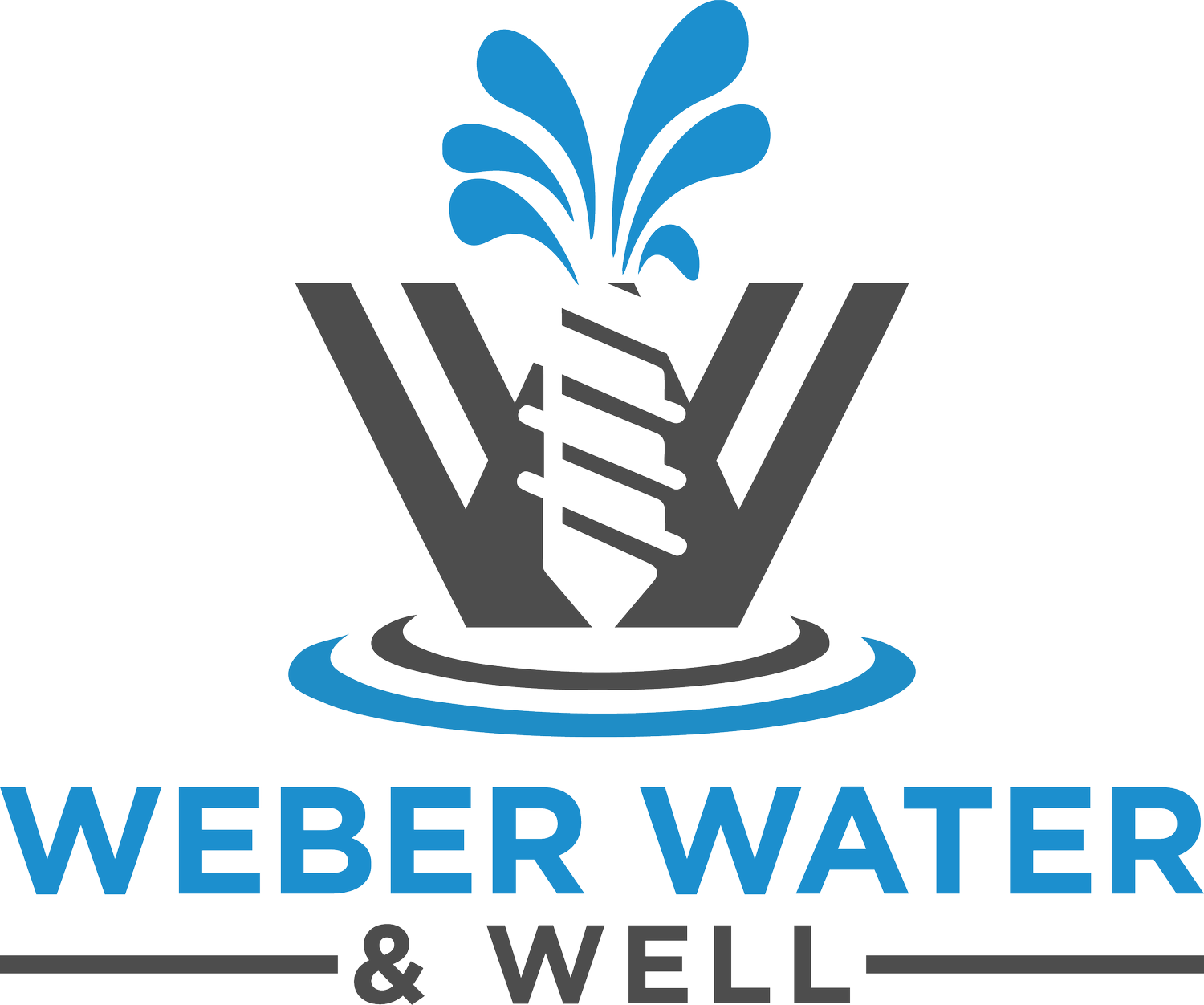How Does Commercial Well Drilling Work?
Commercial well drilling is an essential service that provides access to groundwater for various uses, including agriculture, industry, and municipal water supply. Understanding the process can demystify the complexities involved and help businesses make informed decisions. In this blog, we will explore the fundamental steps involved in commercial well drilling.
Step 1: Site Assessment
The first step in commercial well drilling is assessing the site. This includes analyzing the geological conditions and identifying the best location for drilling.
Site assessment is crucial because it determines the potential yield of the well. Factors such as soil type, topography, and proximity to contaminants play a vital role. By gathering this data, drilling professionals can make informed decisions that lead to successful outcomes.
Professionals often conduct tests and surveys to ensure that the area can support a well. This is not a step to rush through; it lays the groundwork for every subsequent phase of the drilling process. A solid understanding of the local geology can save both time and money.
Step 2: Choosing the Drilling Method
Next, selecting the appropriate drilling method is crucial. Techniques may vary based on the depth of the well and the type of soil and rock in the area.
For shallow wells, rotary drilling might be used, while deeper wells may require more advanced techniques like mud rotary or air rotary drilling. Each method has its own advantages and limitations, and choosing the right one can greatly affect both the cost and efficiency of the project.
Ultimately, the decision involves careful consideration of site conditions and the intended use of the well. It’s essential to consult with experienced professionals to ensure the best choice is made. As the drilling method directly influences the speed and success of the well, giving it adequate thought is imperative.
Step 3: Drilling the Well
Once the method is decided, the actual drilling process begins. This involves using specialized equipment to create a borehole to reach the water table.
During this phase, drilling companies use augers or drilling rigs to penetrate the earth. It's a fascinating process that combines engineering skill with practical know-how. The depth and precision of the borehole are closely monitored, ensuring that it reaches the designated aquifer.
As drilling progresses, mud or water is often used to stabilize the borehole and bring drill cuttings to the surface. Workers constantly monitor conditions, adjusting techniques as necessary to maintain safety and efficiency.
Step 4: Well Completion
After drilling, the well must be completed by installing casing and screens to prevent contamination and to ensure efficient water flow.
Completion involves lining the borehole with casing that supports the walls and prevents collapse. This casing is crucial, as it protects the well from surface contaminants and maintains the integrity of the water supply.
Screens are then installed to filter out sediment while allowing water to flow freely into the well. This intricate process is essential for ensuring the longevity and functionality of the well, so careful attention is paid to each step involved.
Step 5: Testing and Maintenance
Finally, conducting water quality tests and establishing a maintenance routine is essential to ensure the well remains functional and safe for use.
Water quality testing is often conducted to identify any contaminants that could affect usability. Regular testing helps in maintaining the well's integrity and ensures that the water remains safe for consumption, particularly when it’s used for irrigation or supplying local communities.
Apart from testing, routine maintenance comprises checking the mechanical components and ensuring filters are clean. Addressing issues early can prevent costly repairs down the line and maximize the lifespan of the well.
Wrapping It Up
In conclusion, commercial well drilling is a systematic process that requires careful planning and execution. By understanding each step, businesses can ensure they are equipped to access the vital resource of groundwater efficiently and effectively.


